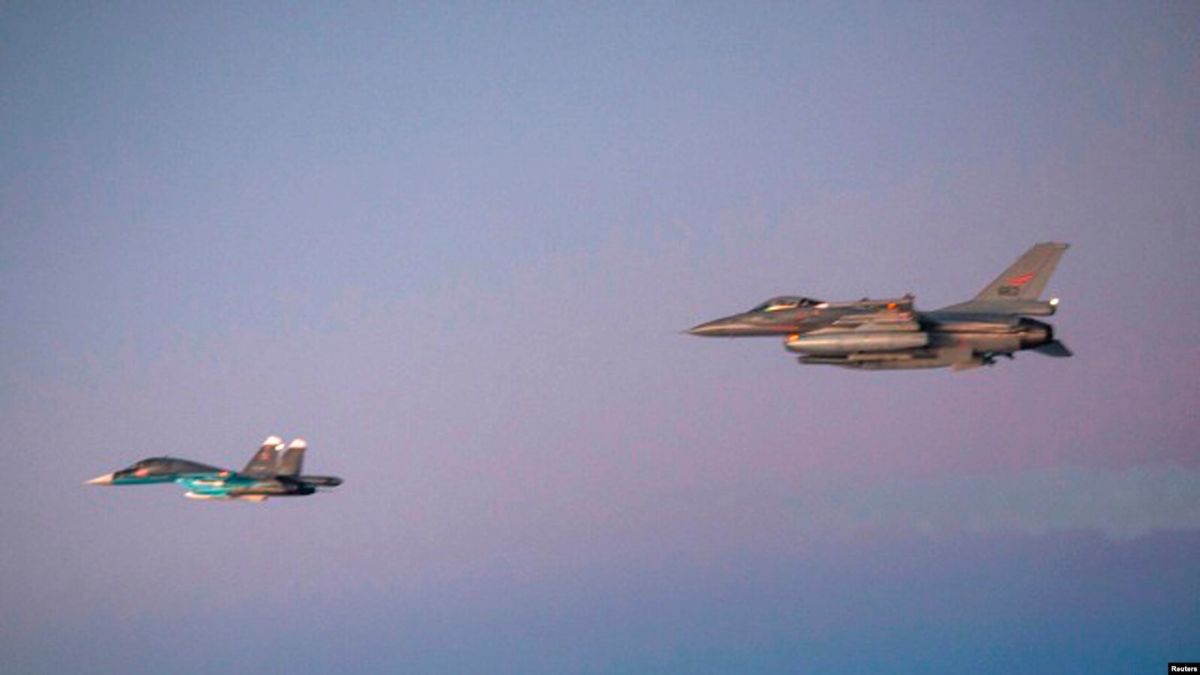After sightings of suspected Russian drones shut airports in Copenhagen and Oslo, Denmark has joined the European Union’s (EU) efforts to build a ‘drone wall’ to safeguard eastern European nations from Russian aerial threats.
After suspected Russian drone incursions in Copenhagen and Oslo, Denmark has joined European Union’s (EU) efforts to build a ‘drone wall’ to safeguard eastern Europe from Russian aerial threats.
Denmark will join Estonia, Latvia, Finland, Lithuania, Poland, Romania, and Bulgaria in a meeting on Friday to build drone-centric air defences dubbed a ‘drone wall’ along EU’s eastern flank. The EU has launched the initiative at a time when Russian fighter planes and drones have ramped up aerial incursions.
Denmark has joined the initiative after drone sightings on Monday shut airports in Copenhagen and Oslo for several hours. Danish Prime Minister Mette Frederiksen blamed Russia and called it the “most serious attack so far against Danish critical infrastructure”.
“We do not yet know all the details, but it is clear that this fits into the pattern we have seen recently: Russian airspace violations, unwanted drone activity in several other European countries — in Poland, Romania, and Estonia, and last night also in Norway,” said Frederiksen in Danish.
In recent weeks, as part of ramped up Russian aggression on Europe, Russian planes and drones have breached the airspace of several European nations that are also Nato members, such as Poland, Romania, and Estonia. In the most serious incursion, Poland said it shot down Russian drones after at least 19 Russian drones entered its airspace on the intervening night of September 9-10. In Estonia, Nato fighter planes intercepted Russian aircraft.
EU, Nato beef up eastern flank with €150 billion programme
With initiatives such as the ‘drone wall’, the EU and Nato are beefing up Europe’s eastern flank that is most vulnerable to Russian aggression. Observers have said that Russia could target eastern European countries like Lithuania, Moldova, and Estonia after Ukraine in the coming years.
In a remarkable shift, the EU —largely an economic bloc— has increasingly acquired a military dimension in the face of the Russian threat. The EU has rolled out a €150 billion programme to boost defence preparedness. The fund is expected to contribute to the drone wall.
Poland, which borders Ukraine and is the main Nato military power in eastern Europe, has been tentatively allocated €44 billion from the fund, as per Euronews.
At the moment, it is not clear how the drone wall might work and what it might include. But Euronews has reported that the initiative will include both detection of incursions and subsequent intervention.
Technical work on the initiative is ongoing and it will not be a decision made unilaterally by the EU but is being driven instead by member states, according to Thomas Regnier, the EU spokesperson for defence policy.
“The two main factors that the Commission [European Commission, the EU’s main executive body] is asking itself, of course, are: one side is the detection of incoming drones, and then the second element, which is fully linked to that, is how to respond then once we detect one,” said Regnier, as per Euronews.
While Regnier did not specify the launch date of the drone wall, he said that “recent events show that we cannot sit here and wait for things to happen before we need to act” — in an apparent reference to rising Russian aerial incursions.
End of Article

)

